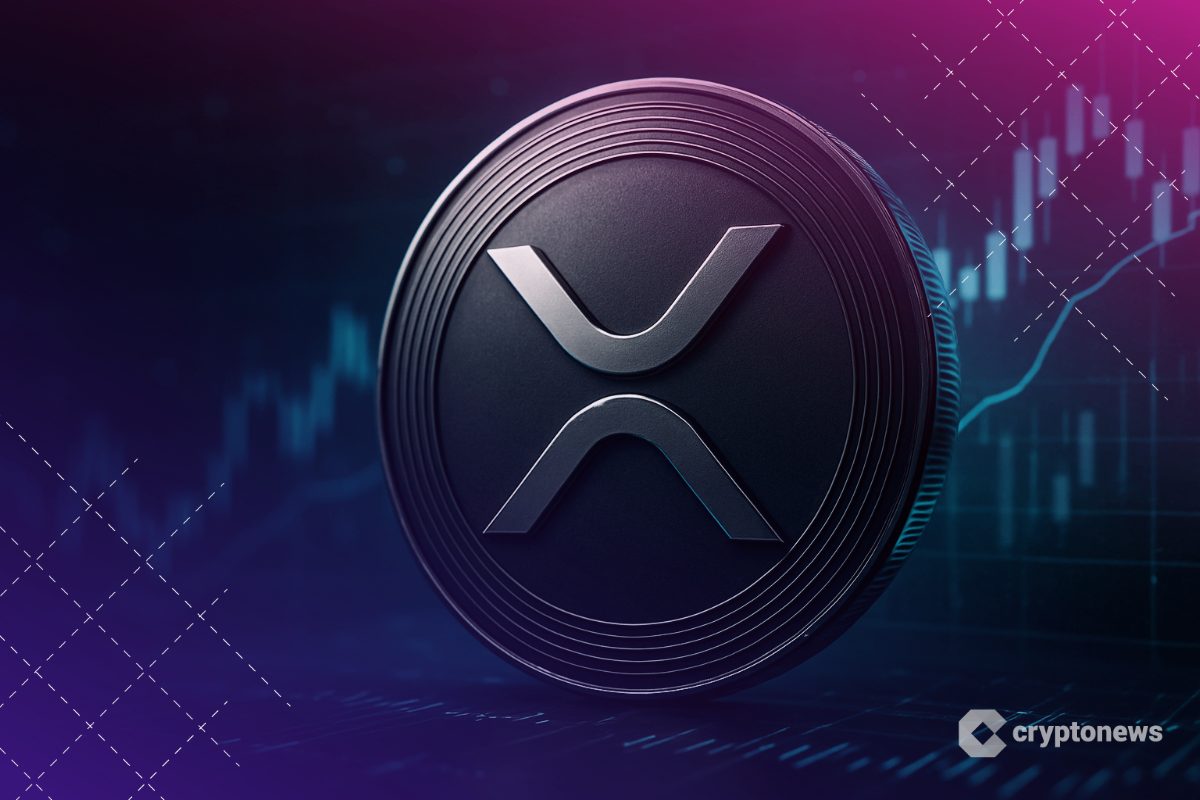EthCC: Vitalik Buterin believes crypto has reached an ‘inflection point’
At the EthCC, Vitalik Buterin says that crypto has reached a significant turning point, signified by mainstream adoption from big players and political figures. As a result, the focus for building in the space must also change.
During his annual talk at the Ethereum Community Conference or the EthCC on July 2, Ethereum (ETH) co-founder Vitalik Buterin declared that the crypto space has reached what he calls “an inflection point” throughout its 10-15 year run. He said that crypto is no longer a niche space where people can come up with “crazy stuff” that make it difficult to navigate.
“We’re at the stage where it’s becoming very unambiguous that the space as a whole is not an underdog upstart,” said Buterin during his speech at the EthCC.
He explained that crypto has already gone mainstream, signified by the support it has received from large institutions as well as major political figures like the President of the United States, Donald Trump.
Because of this evolutionary shift, Buterin believes there also needs to be a philosophical shift in crypto builders’ mind when they’re thinking about what to build in the space and how it can contribute to decentralization.
“We’re decentralized because we make our users free. So if you’re building something, the first question to ask is, are you making your users free?” added Buterin at the EthCC.
EthCC Vitalik Buterin: What needs to be improved in the crypto space?
In his speech at the EthCC, Buterin mentioned some areas in the crypto space that need to be improved. First, he highlights that many Layer 2 solutions, DEXs, and similar apps claim to be decentralized but often have hidden backdoors or upgrade keys that can be triggered without user consent. This undermines the trustless nature of the blockchain since, despite being technically on-chain.
Second, he mentioned dApp interfaces that contain security weak points. Hackers can attack the front end of the platform rather than infiltrating it through the hardened contract. Buterin emphasized the importance of decentralized front-end solutions, like using static HTML on IPFS or specialized secure interface frameworks.
Third, Buterin criticized the current governance model of DAO token holders. He observed voting power often turns into an auction, letting people “buy” the most number of votes. Despite being decentralized on paper, these systems tend to concentrate power structurally.
“Governance is something where you don’t just need to think about the formal rules being decentralized, you need to think about whether or not it’s enabling outcomes that are decentralized,” said Buterin.
Fourth is the trade-off related to zero-knowledge proof identity. Although ZK proofs are able to provide privacy by enforcing a “one person, one account” rule, other people can easily access it by forcing someone to give up their master identity key.
With the master key in possession, the thief can trace everything the user has done. In his EthCC speech, Buterin warned that privacy is not just about ZK math, but also about preventing systemic ways that identities can be compromised.
Finally, Buterin warned against builders treating privacy as an “add-on feature” instead of a vital part of establishing a project. He said data leaks can happen not just when writing to the chain, but also when reading from it, such as via RPC providers, or even through IP-level tracking. He emphasized that the crypto community should treat any form of data leakage as a bug to be fixed, urging for more holistic privacy solutions.
Vous aimerez peut-être aussi

A certain address bought over 1,700 WETH at a low price of $4,646.4 this morning.

Huobi Community x SunPump Global Creator Competition Launched, with a Prize Pool of 8,000 USDT
